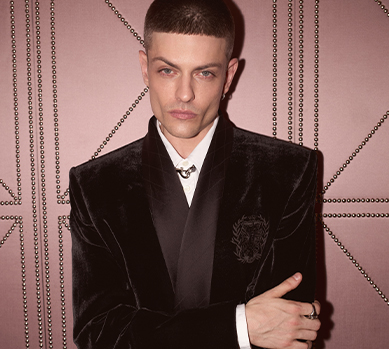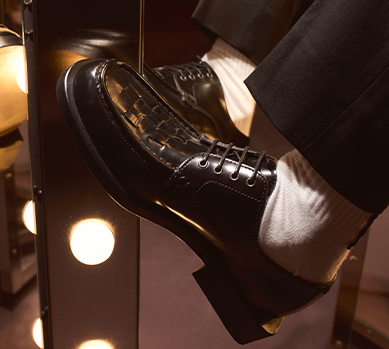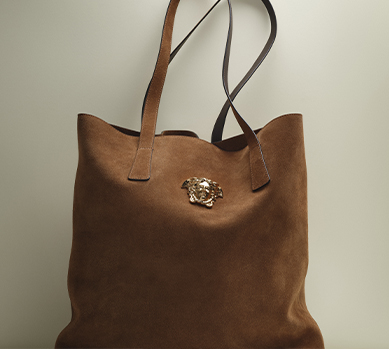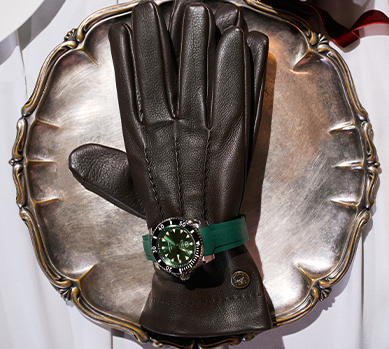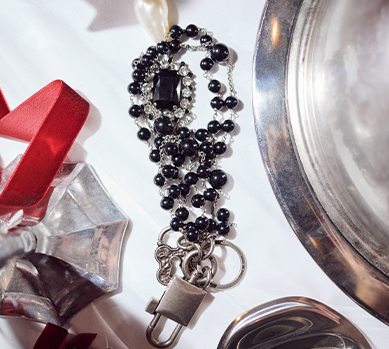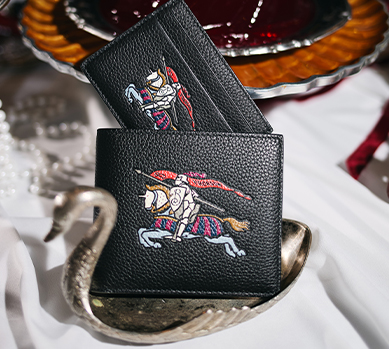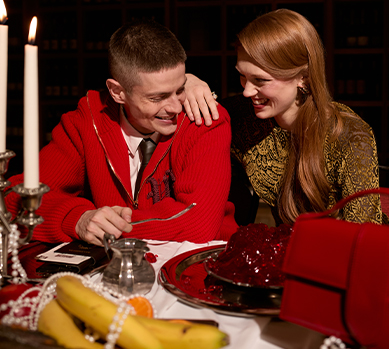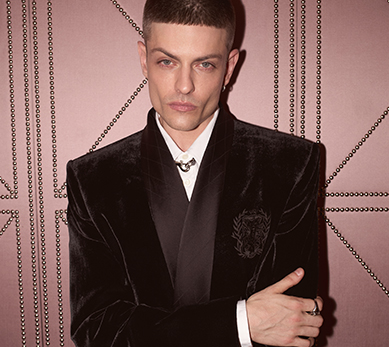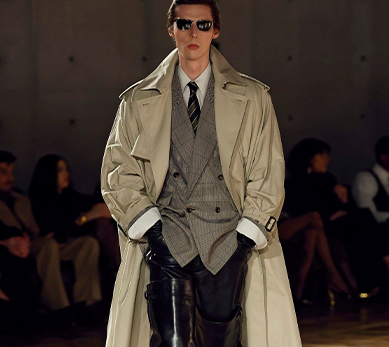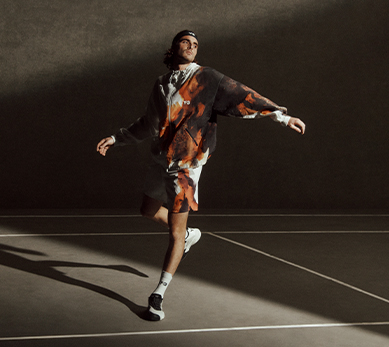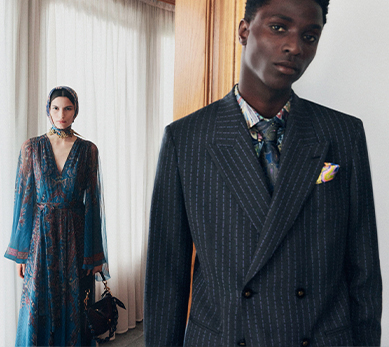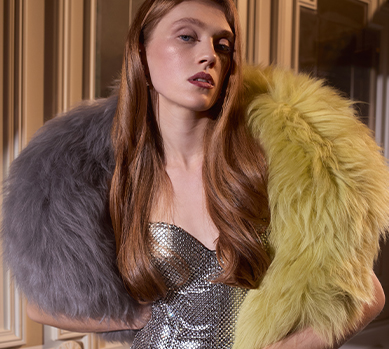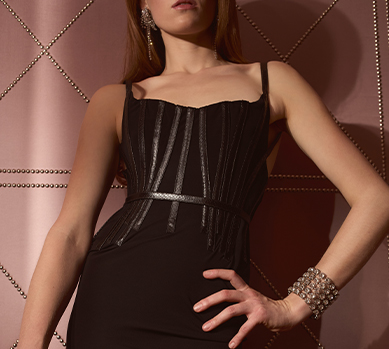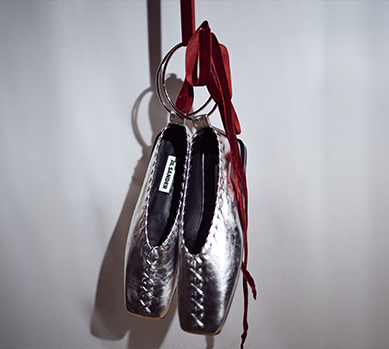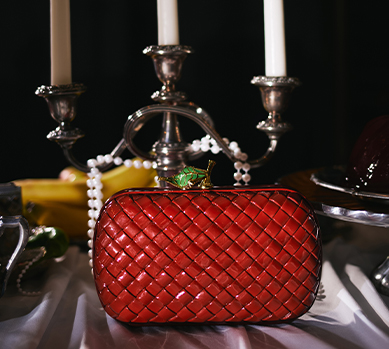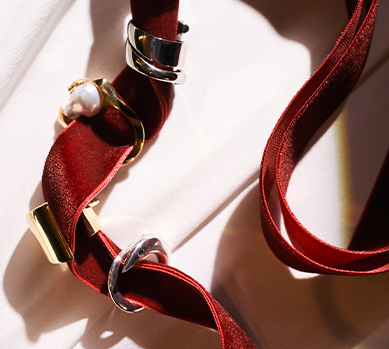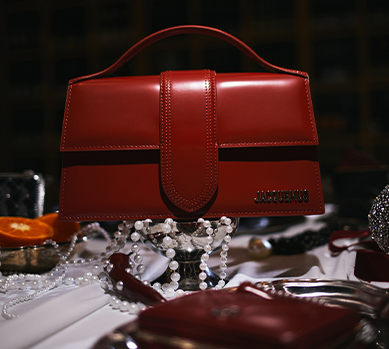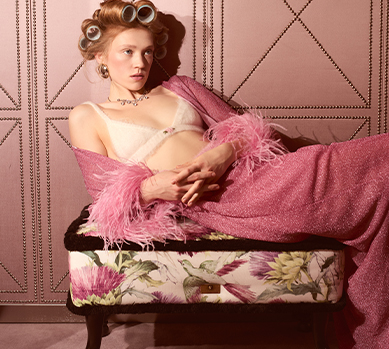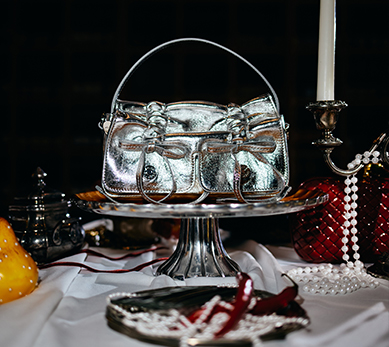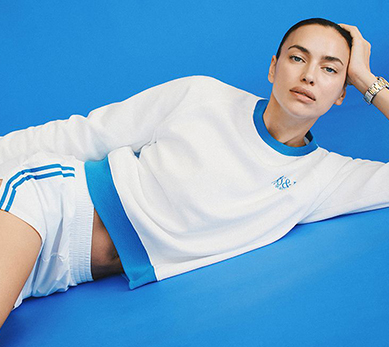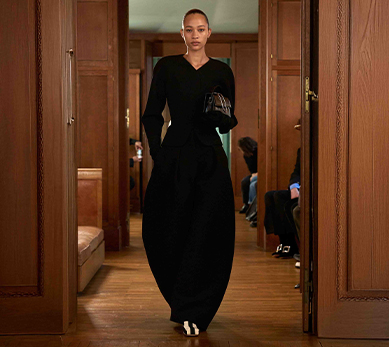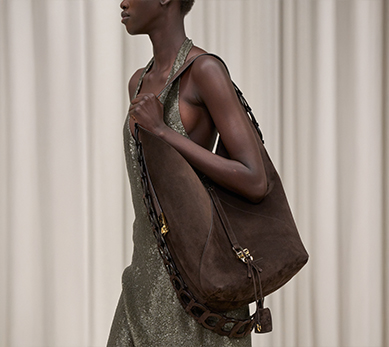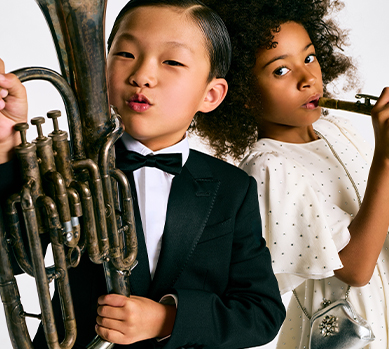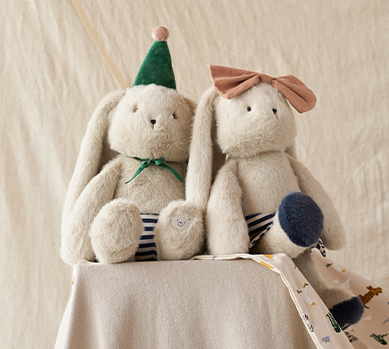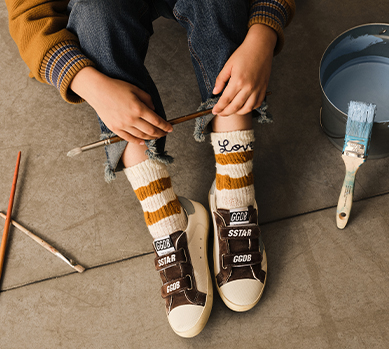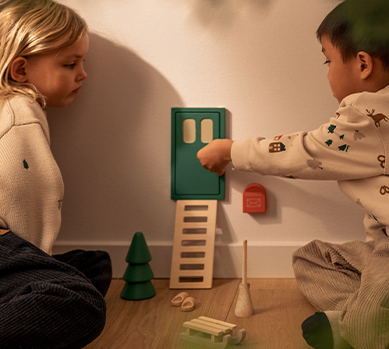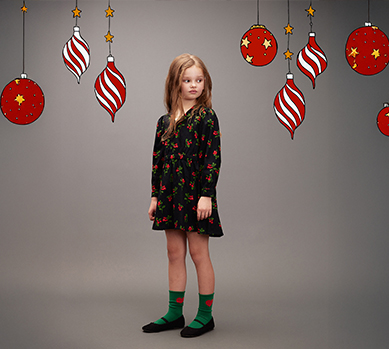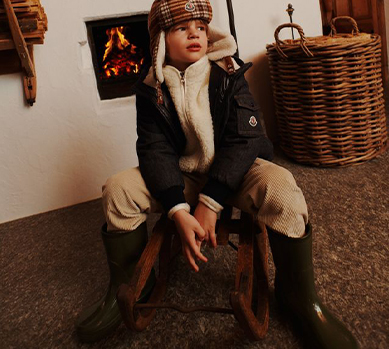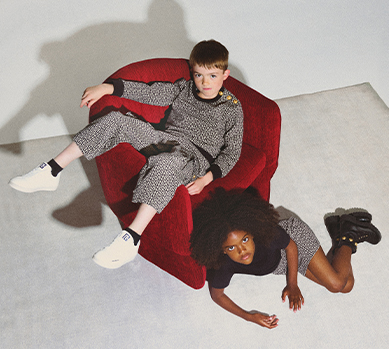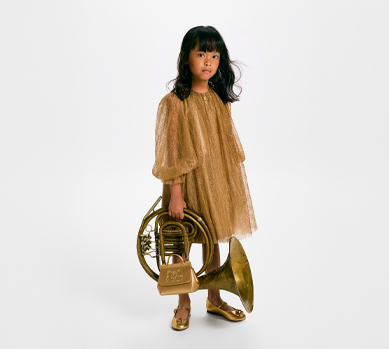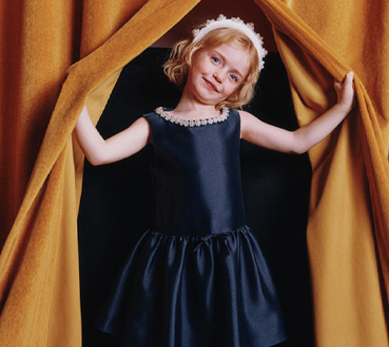Audrey Hepburn's Style: How to Recreate It?
Get the look

Timeless Audrey Hepburn elegance – learn how to recreate her style built on simplicity, quality, and authenticity. A class that never fades.
"Elegance is the only beauty that never fades," Audrey Hepburn used to say. And it's hard to disagree with her. Her very name evokes images of timeless elegance, grace, and a certain kind of understated chic. Her style, though rooted in the mid-20th century, still resonates with extraordinary power, inspiring new generations of fashion lovers. What truly made it so unique? Was it just a matter of clothes, or perhaps something much deeper?
Does Audrey's Timeless Elegance Still Inspire?
The answer seems obvious, doesn't it? You just have to look at contemporary runways or the streets of major cities. Echoes of her aesthetic are everywhere. Audrey didn't blindly follow trends; she created them, often in collaboration with designers like Hubert de Givenchy, crafting a silhouette that was both modern and classic. This wasn't one-season fashion. It was, and still is, a philosophy of dressing based on simplicity, quality, and a perfect fit.
Pamela Keogh, author of the book "Audrey Style," noted that Hepburn offered an alternative way of presenting femininity. Her boyish charm, described as "gamine," contrasted with the more voluptuous silhouettes promoted in the 1950s, opening up new perspectives on the perception of beauty.
Think about it—how many style icons can we name whose influence is just as lasting? Very few. Audrey possessed a unique combination of girlish charm and a mature, self-aware femininity. Her style was like a whisper in a world full of fashion screams—subtle, yet impossible to ignore.
What are the Foundations of a Hepburn-Style Wardrobe?
Let's get down to specifics. How do you build a wardrobe that draws from this immortal source? The key is selection and quality, not quantity. Audrey proved that a few well-chosen items can work wonders.
Let's start with the absolute essential: the little black dress (LBD). It's almost synonymous with Hepburn's style, especially the one designed by Givenchy for "Breakfast at Tiffany's." It's worth remembering, however, that while we owe the concept of the LBD to Coco Chanel in the 1920s, it was Audrey who, decades later, elevated it to a pedestal, making it an absolute symbol of elegance for the general public. But remember, it's not about making a copy. Look for simple, elegant cuts, fitted at the waist, with a knee-length or midi hemline. A classic, unadorned version will serve you for years.
Another pillar is perfectly tailored women's pants. We're talking about ankle-length cigarette pants or capri pants. It was Audrey who helped popularize these styles as an elegant and, importantly, comfortable alternative to skirts at a time when women wore pants much less frequently in their daily outfits. The fit is crucial here. They should flatter the figure but not restrict movement. Imagine Audrey moving freely in such pants, radiating self-confidence. That's precisely the effect we want to achieve.
Color Palette and Timeless Fabrics
Pay attention to the color scheme. Neutral colors dominate: black, white, beige, navy, and gray. Occasionally, a pop of color would appear, like red, but always in a thoughtful way. This is a palette that never goes out of style and allows for easy mixing and matching of pieces.
What about materials? Audrey valued quality and naturalness. Cotton, wool, silk, and cashmere are fabrics that not only look beautiful but are also wonderful to wear. Think of a classic white shirt, preferably slightly oversized, with nonchalantly rolled-up sleeves. This is the quintessence of her style: simple, but with character. Add to that simple women's sweaters—turtlenecks or cardigans, preferably in a fine knit.
Let's not forget coats. A classic women's trench coat is an absolute must-have. A beige, double-breasted coat with a belt at the waist—it's hard to find a more versatile and stylish wardrobe item. It protects from the rain and adds chic to any outfit. Similarly, A-line dresses and skirts beautifully emphasize the waist and add lightness to the silhouette.
What Accessories to Choose?
As you well know, it's often the details that determine the final character of an outfit. In Audrey Hepburn's case, accessories were discreet but incredibly important. They never overwhelmed but subtly enhanced the whole look. It’s a bit like in contemporary fashion. Sometimes, a single striking yet simple element, like interesting jewelry or a scarf, is enough to completely transform even the simplest t-shirt and jeans combo.
- Pearls: A short string of pearls or delicate earrings. This is a classic that adds elegance to even the simplest outfit. Remember her iconic necklaces from "Roman Holiday" or "Breakfast at Tiffany's"? That's the essence of timeless simplicity.
- Large Sunglasses: Preferably cat-eye shaped or large and rounded. They added an air of mystery and chic. Think of them as jewelry for the face.
- Silk Scarves: A small scarf tied around the neck, on the head as a headband, or nonchalantly tied to a handbag. A small detail that can work wonders. It's like the perfect finishing touch.
- Ballet Flats: Audrey often chose flat footwear, proving that elegance doesn't have to mean high heels. Her choice was not accidental—as a former ballet dancer, she highly valued comfort and freedom of movement, which was a rather innovative approach for a style icon of her time. Simple black ballet flats became synonymous with her comfortable yet elegant style. Of course, for evenings, classic pumps would appear, but it was the ballet flats that became her trademark.
- Simple Handbags: Small, with geometric shapes, held in her hand or on a short strap. Functional and elegant, without unnecessary embellishments.
Have you noticed how cohesive these elements are? Everything is based on simplicity and quality. It's no accident.
Makeup and Hair – The Finishing Touch to the Look
Audrey's look wasn't just about clothes and accessories. It was also about her characteristic makeup and hairstyle, which perfectly complemented her image. Can you imagine Audrey without her famous eyebrows or her flirtatious gaze?
Strongly defined, thick eyebrows became her trademark. They gave her face expression and character. This is an element worth emphasizing if you want to channel her style. Another key detail is a delicate eyeliner stroke, the so-called "cat-eye," which optically enlarged and defined her eyes. Her complexion makeup was usually very natural, focusing on radiant, healthy-looking skin. A subtle blush on the cheeks and a lipstick in a natural shade completed the look.
As for hairstyles, Audrey experimented, but always with class. From the short, boyish pixie cut that became iconic, to elegant updos like the famous one from "Breakfast at Tiffany's." Regardless of the length, her hair always looked healthy and was meticulously styled. This is proof that even the simplest hairstyle, if well-executed, can be incredibly striking.
Is Audrey's Style Just About Clothes?
Here we get to the heart of the matter. Can Audrey Hepburn's style be reduced to just a list of clothes and cosmetics? Absolutely not. That would be too simple, even trivial. Her style was, above all, an attitude, grace, naturalness, and inner class. It was the way she moved, spoke, and smiled. It was an authenticity that shone through every element of her image. Audrey's granddaughter, Emma Ferrer, once told a story that perfectly illustrates this. Late in her life, when a magazine airbrushed her wrinkles in a photo, Audrey asked for them to be restored, saying, "Don't you dare remove my wrinkles. I've earned every one of them." Isn't that the quintessence of her approach to herself and to life?
She herself used to say, "Everyone has their own style. When you find it, you should stick to it." Recreating Audrey's style is not an attempt to create a costume. It's rather an inspiration to search for your own version of elegance. It's about drawing from her approach to fashion—choosing things that are timeless, well-tailored, and in which you feel like yourself. It's about consciously building a wardrobe, browsing inspirations for women that reflects your personality, not just fleeting trends.


